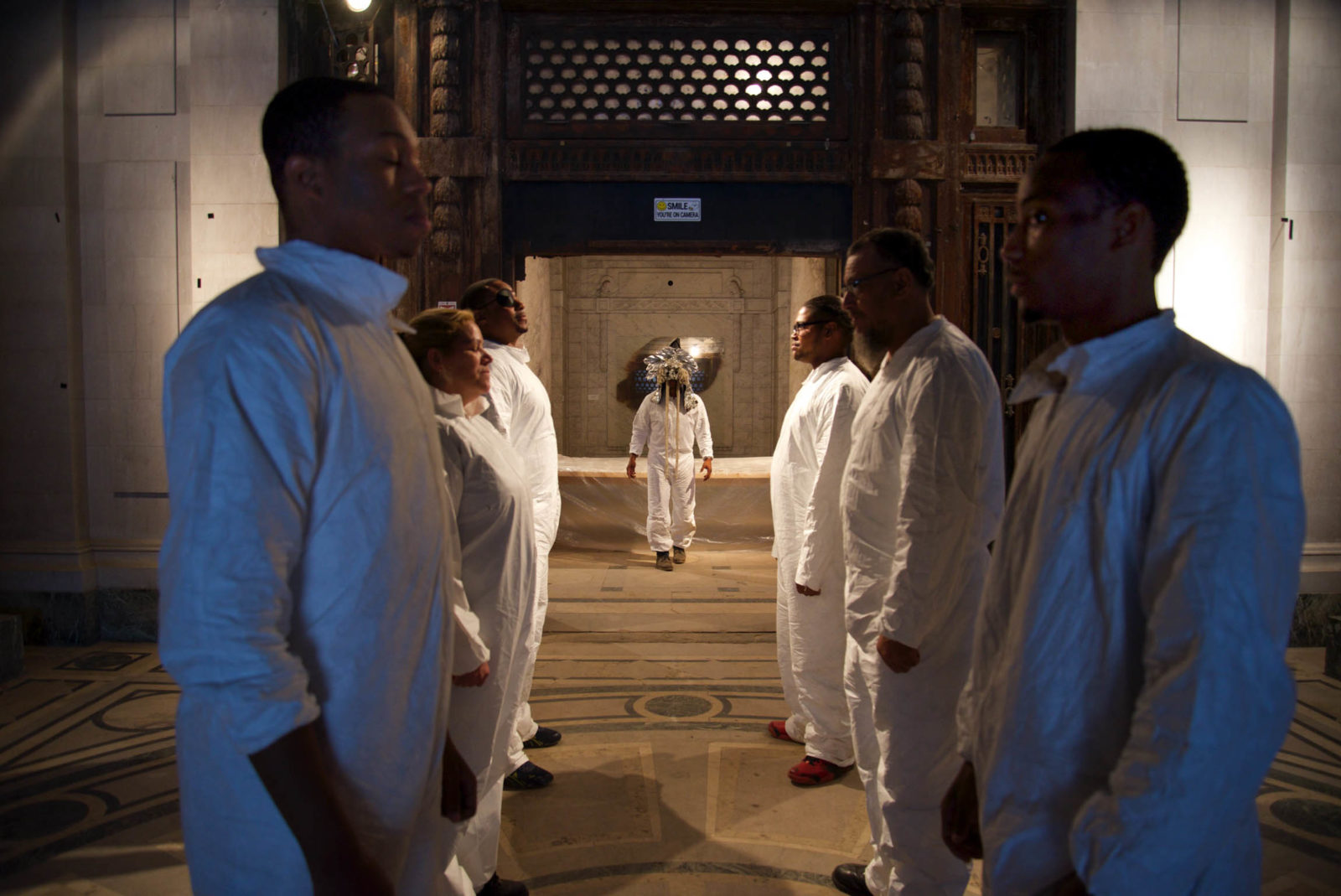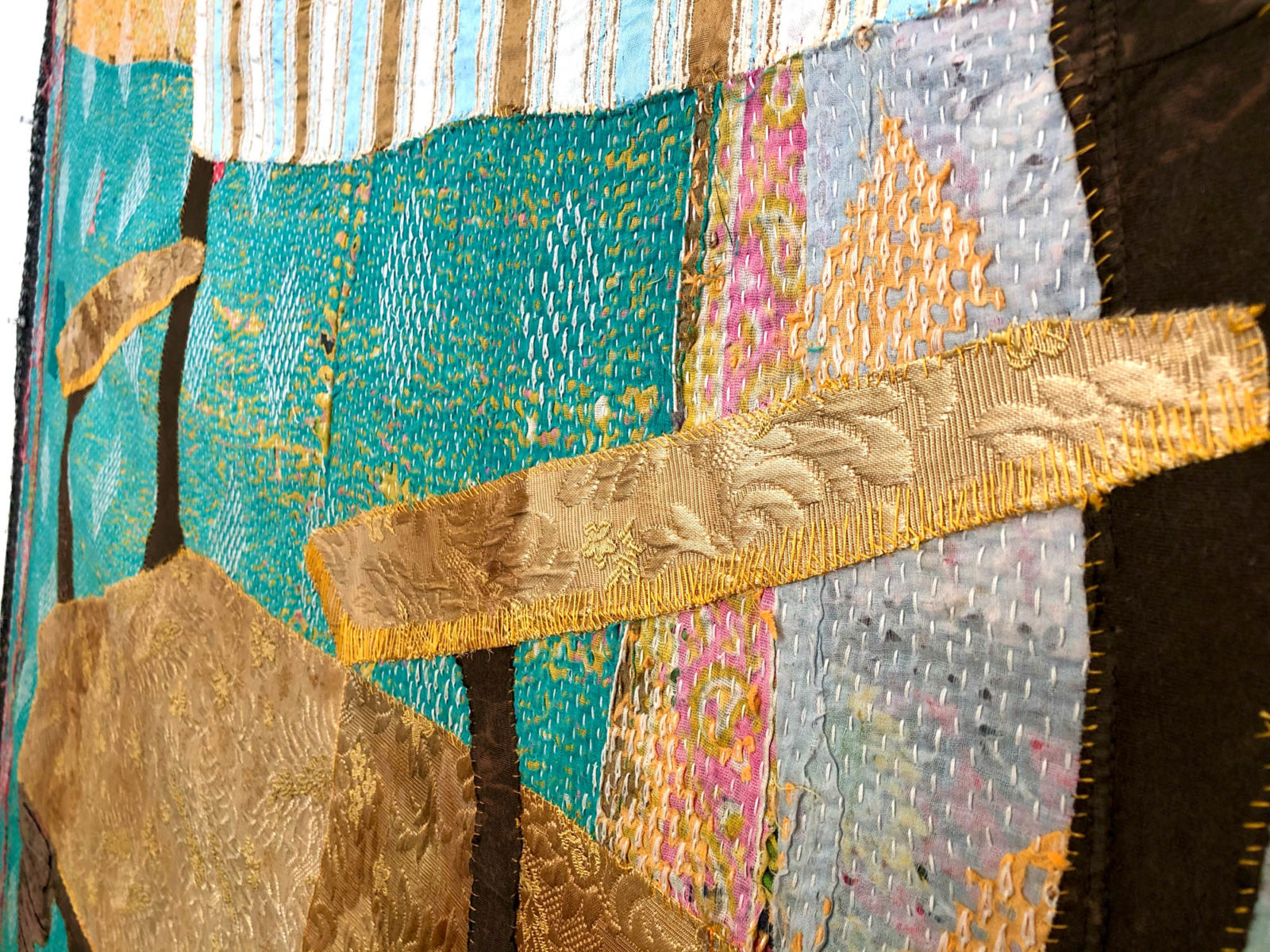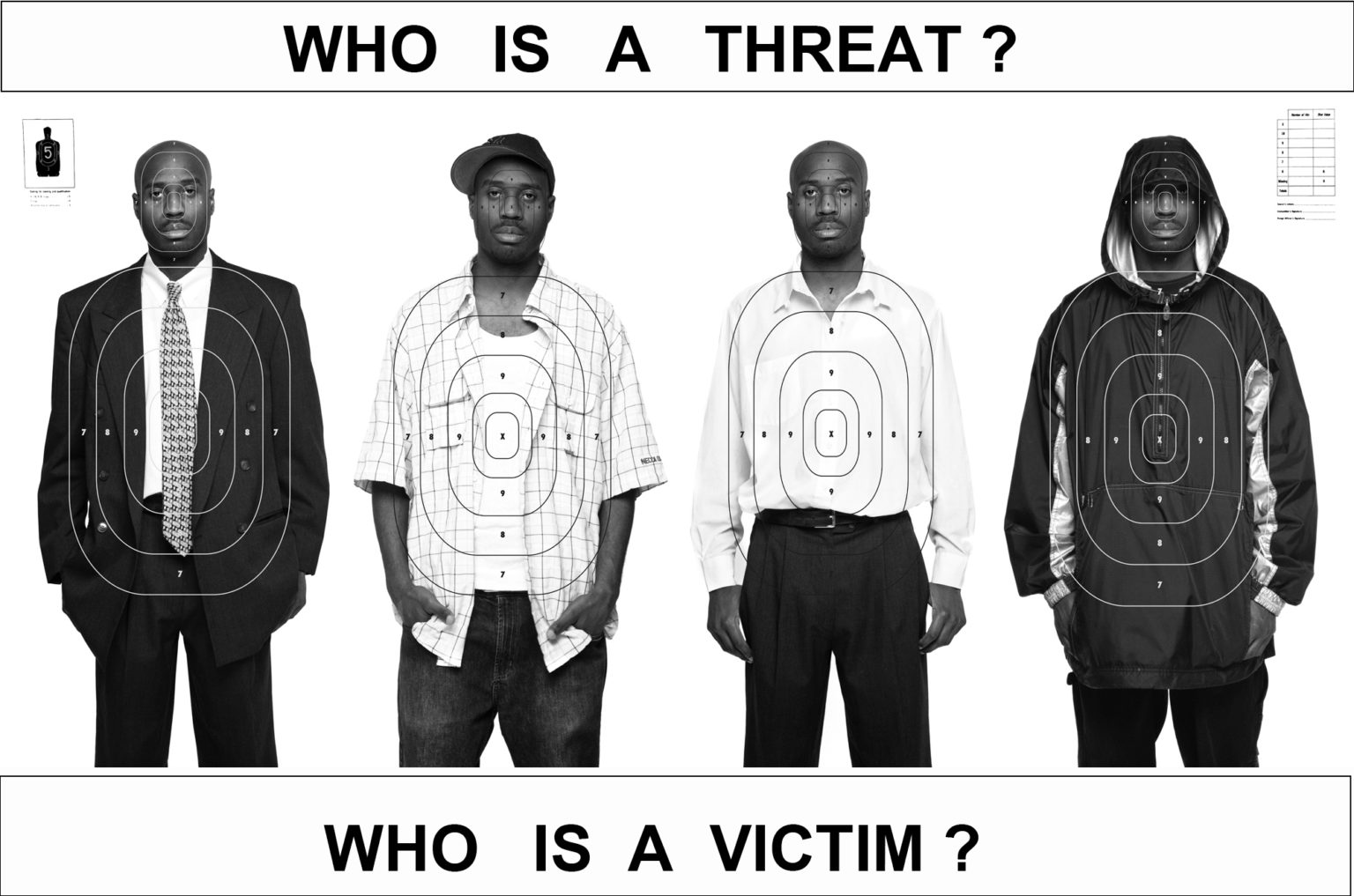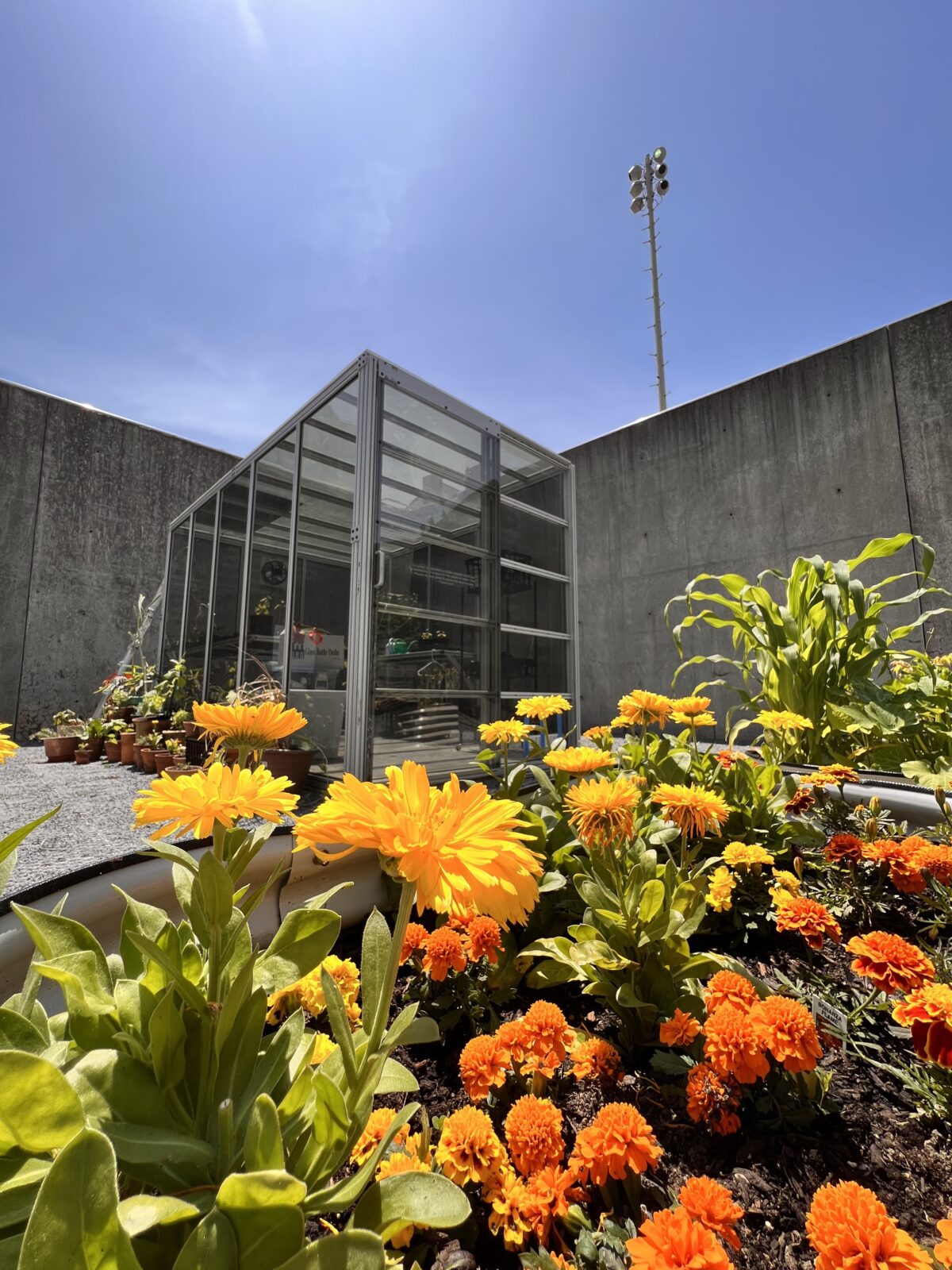
Mirror/Echo/Tilt by Melanie Crean, Shaun Leonardo, and Sable Elyse Smith.

Mirror/Echo/Tilt by Melanie Crean, Shaun Leonardo, and Sable Elyse Smith.

Mirror/Echo/Tilt is a collaborative project between artists, educators and individuals affected by the justice system. Using magical realism as a framework, performative vignettes are translated through the body and recorded in vacant former institutions such as empty prisons and courthouses to consider how individuals might assert agency in the reclamation of physical and psychic space. Taking the form of video, performance, text, archive and curriculum, the work envisions new language around the way we engage with mass incarceration and inserts counter narratives into the dominant media landscape, which commonly alienates and criminalizes black and brown bodies.
Melanie Crean uses moving image and performance to dismantle social structures of control and oppressive architectures.
Shaun Leonardo is a Brooklyn-based artist whose multidisciplinary work negotiates societal expectations of manhood, namely definitions surrounding black and brown masculinities.
Sable Elyse Smith is an interdisciplinary artist, writer, and educator whose work points to the carceral, the personal, the political, and the quotidian to speak about a violence that is largely unseen, and potentially imperceptible.

The Mass Incarceration Quilt Series focuses on rendering visible people and perspectives hidden by the criminal legal system. Using participatory art practices that traverse both prison bars and the urban and rural divide, the series will represent the national scale of incarceration through an accumulation of individuated quilt squares and larger textiles. The works will integrate old clothing collected from directly impacted people and their families, invoking the body and presence of those millions who have been “disappeared” by the criminal punishment system.
Jesse Krimes is a Philadelphia-based artist and curator whose work explores how contemporary media shapes or reinforces societal mechanisms of power and control, with a particular focus on criminal and racial justice.

The criminal justice system in the US is intentionally fragmented and often invisible to those who do not have a direct connection with it. In The Jumpsuit Project, Sherrill Roland wears the iconic, orange prison jumpsuit and engages people in conversation, disrupting spaces in the art world, higher education, and other places where issues around criminal justice do not normally appear. As a socially-engaged performance, the work centers around making connections both within and outside of the incarceration system through performance and a digital hub. Roland aims to build a new narrative around criminal justice, working toward lasting national policy changes by disrupting the local incarceration system.

Law students represent the next generation of professionals poised to directly shape the creation and implementation of public policy and law. Bayeté Ross Smith hopes to impact their perspectives and elevate thoughtfulness, empathy, and social consciousness during the formative years of their professional training. Art of Justice is a series of socially-engaging art installations and interventions at top tier law schools, law firms, and district attorneys’ offices that address contemporary social issues, including unconscious bias, economic justice, and political accountability. The work expands the purpose of art beyond its typical confines to reach future political leaders, prosecutors, firm partners, and policymakers.
Bayeté Ross Smith is a photographer, interdisciplinary artist, and educator who explores issues around preconceived notions of identity and how they impact our understanding and engagement in humanity’s past, present, and future.

Historically, plants are part of the resistance, communicating freedom and liberation. Plants, as healers and storytellers were used to map significant places along the underground railroad. Okra (ngombo), whose seeds were braided into the hair of the enslaved as they struggled to survive the abhorrent middle passage were then planted into colonized soil. The bright yellow ngombo flowers became beacons of hope to other enslaved individuals. It is said that enslaved people could remember their homeland through the flowers that waved to them on foreign soil.
The Abolitionist’s Tea Party will ask: How does the natural world endorse abolition as a strategy for liberation? If we accept abolition as a commitment to ending cycles of harm, we can begin to see all the ways the natural world informs the tenets of human abolition. From the gardens we learn profound lessons in patience, interdependence, care and mutual aid. We learn about different relationships and boundaries. Abolition, like growing a plant, requires daily attention and care. Love, hope, compassion, social equity- like a garden-need time, patience, practice and nurturing to fully blossom.
jackie sumell is a multidisciplinary artist and abolitionist whose work has been anchored at the intersection of activism, education, mindfulness practices and art for nearly two decades.